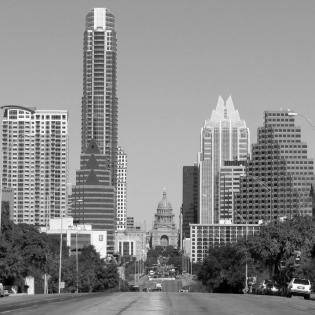What Does a Nonprofit Do, and for Whom? (3-5)
Students will investigate key local and national nonprofit organizations by researching their histories, services, and target populations.
The learner will
- research a local or national nonprofit organization.
- Teacher created list of nonprofits with local affiliations for the student research project from www.guidestar.org and/or www.idealist.org. Note: Lesson Three asks students to plan and carry out interviews with representatives from the nonprofit.
- Information Recording Sheet (handout)
- 18 x 12 paper and markers or crayons for the poster
- Team Reporting Notes (handout)
- Optional: Teacher supplied informational brochures on local nonprofits
Philanthropic Research, Inc. GuideStar: The Donor's Guide to the Charitable Universe http://www.guidestar.org
Instructions
Anticipatory Set:
Tell students to close their eyes and think of the first thing that comes to mind when they hear the word "nonprofit." Let students share their thoughts.
Pair each student with another student for their work on this and subsequent activities. Assign each team a local or national nonprofit organization.
Inform students that their research during the next two class periods is very important, as representatives from the nonprofits they study will be coming to the classroom. We will interview them regarding their work in our community and their role in the nonprofit organization. In this manner, students will be accountable for gaining their own knowledge.
Give each team the handouts: Internet Sites of National Nonprofit Organizations and Information Recording Sheet. Research can be done using www.guidestar.org or by accessing the nonprofit's own website. It is expected that this process will take one fifty-minute class period.
After their research, students create an informative poster about their nonprofit for use in a class presentation.
On Day Two, teams present their information to the rest of the class. Each student will be responsible for taking brief notes on each organization. These notes will be recorded on Team Reporting Notes.
Students will be assessed based on the completion of both recording sheets and the poster. The poster should contain the name of the nonprofit and its primary mission. Teachers should realize that all information might not be available on the first recording sheet. Note to teachers: You may decide whether you would like students to research the national nonprofit or if you would like their research to focus on the local branch, if separate information is available.
The students create and display informational posters in a school display area so that other students may gain information about local nonprofits, their work, and importance to the common good.
Read about the service-learning project called Tutu Capers 2 by Gwinnett School of Mathematics, Science, and Technology students who were taught using this Nonprofits in Our World and Community (3-5) unit of lessons to guide student learning and action.
Philanthropy Framework
-
Strand PHIL.II Philanthropy and Civil Society
-
Standard PCS 04. Philanthropy and Geography
-
Benchmark E.1 Name examples of civil society organizations in the community.
-
Benchmark E.2 Identify and describe how civil society organizations help the community.
-
-
Standard PCS 07. Skills of Civic Engagement
-
Benchmark E.2 Discuss an issue affecting the common good in the classroom or school and demonstrate respect and courtesy for differing opinions.
-
-
